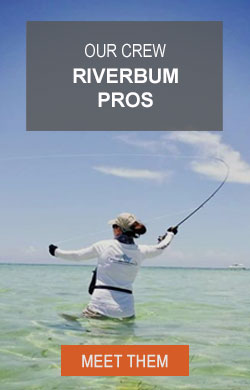Reading The Water
According to conventional angling wisdom, spring has the best water temperature for trout fishing especially if you want to catch larger fish.
I don’t really buy into this theory, as Autumn can have some great fishing as well.
Do note, however, that trout are cold blooded.
Their metabolism will adapt to water temperatures. So in winter they slow down. They do slow down as well in the summer when the water temperature gets into the upper 60s.
Fishing for trout when the water is warm is actually harmful to the fish.

Riffles
Rainbow trout and brown trout prefer 54 degrees Fahrenheit to 66 degrees Fahrenheit in rocky bottom streams without silt.
When the riffles are this temperature, you’ll find trout actively feeding in these areas, especially if there is a deeper pool immediately down stream.
Trout will hang in the deeper pool and move up to feed. Often on of the best spots is the transition area from riffle to pool.
Pocket water
During late spring or midsummer through autumn, water temperatures start escalating and oxygen levels go down in pools and slower runs.
Trout will go to pocket water areas to feed. Pocket water is slow, slack water in otherwise fast-flowing riffles, often under or behind large rocks or woody debris.
Foam lines
Trout like to hang around foam lines for food.
The old saying “Foam is Your Friend” comes from this.
The foam line is actually a transition from slower water to faster moving water. The foam line acts as a food conveyor for trout that they can swim in and out of to capture their forage.
Cut banks
Cut banks are a prime target area for trout. The overhand provides protection and shade for them. Terrestrials falling in the water are a treat hard for hungry trout to resist.
Pools and runs
Pools and runs can provide some great fishing for trout as well. Typically earlier in the year when water temperature are optimal, trout will cruise these areas looking for baitfish. This is a great time to break out your streamer rod.







